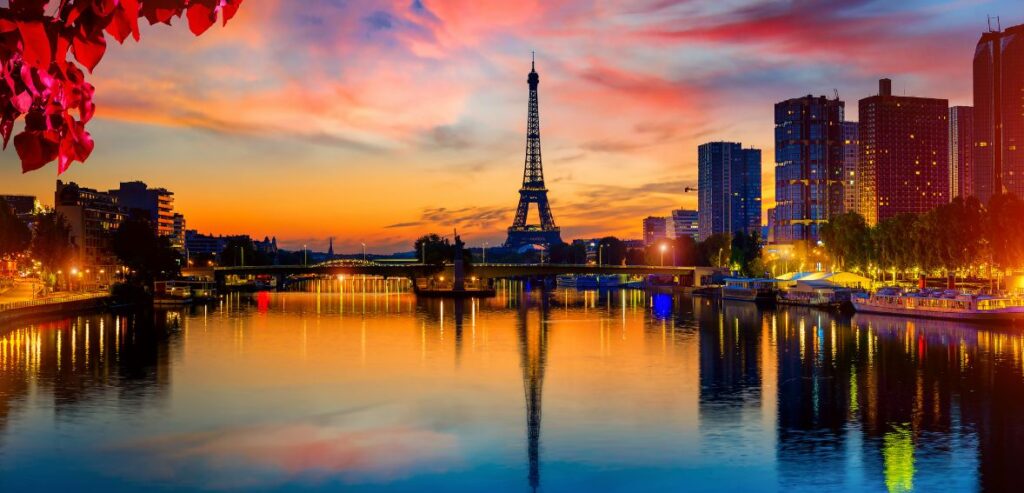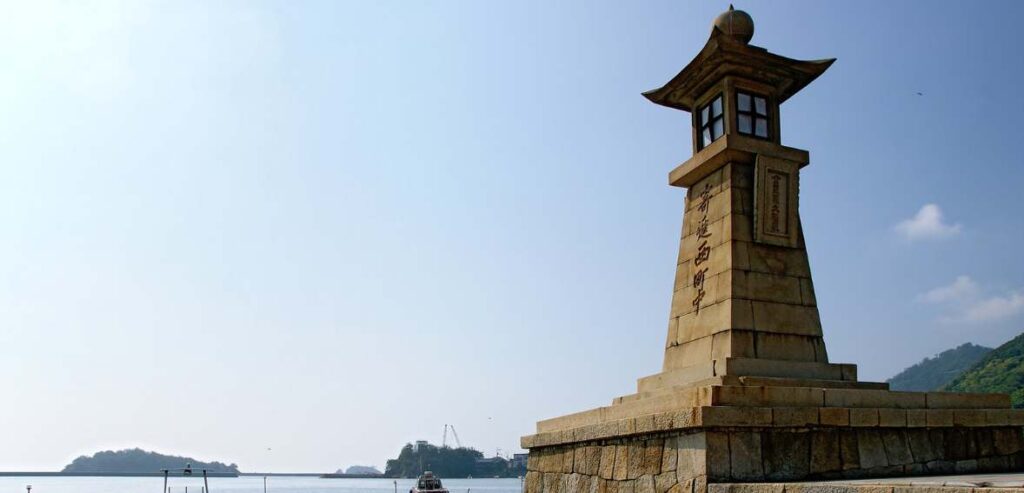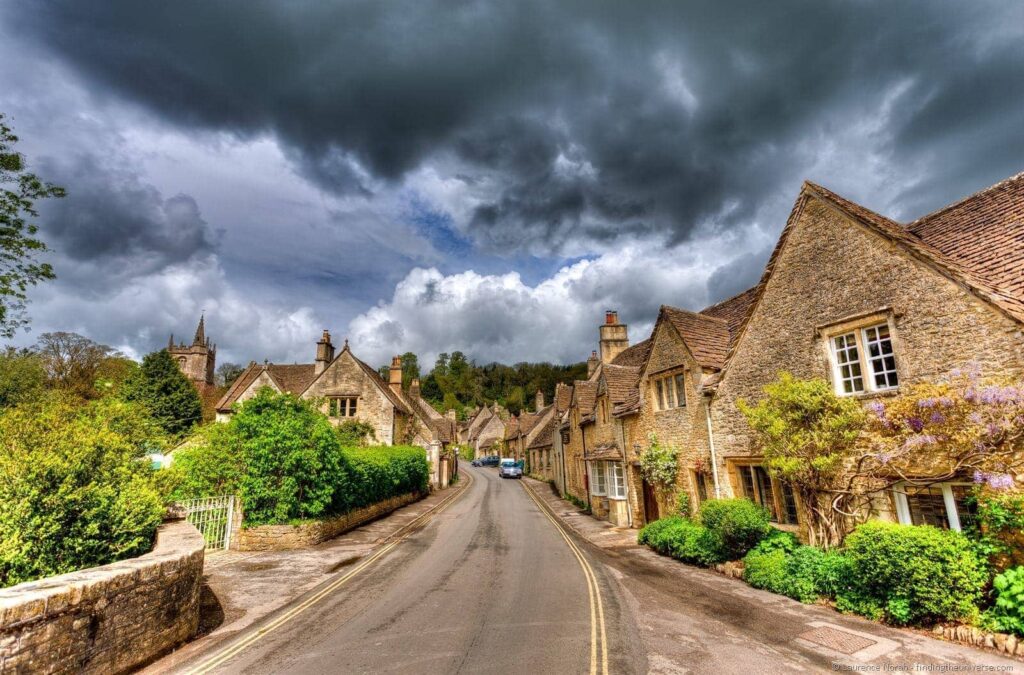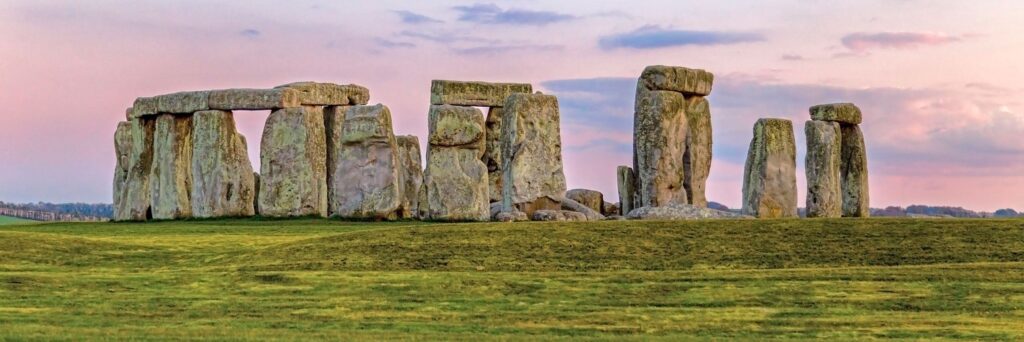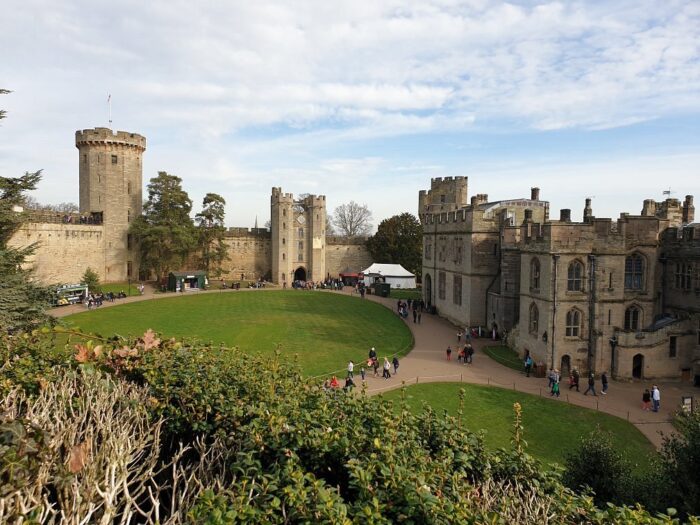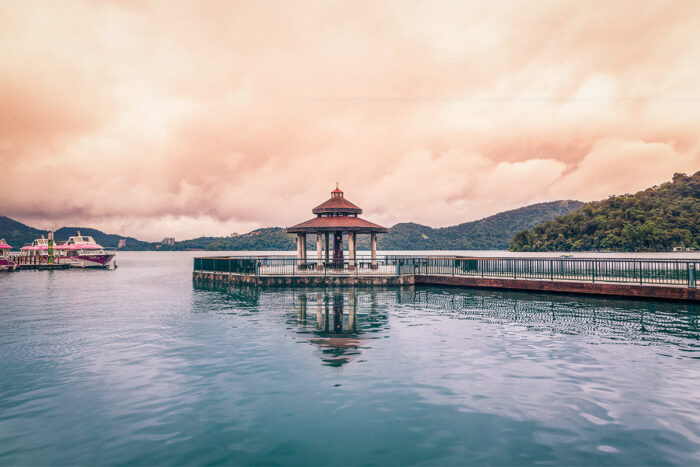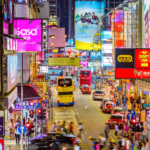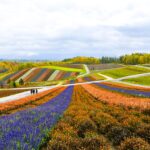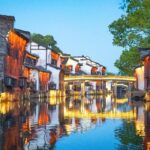Now Reading: 2016 England & Scotland by Road & Rail – Day 16 (Cambridge)
-
01
2016 England & Scotland by Road & Rail – Day 16 (Cambridge)
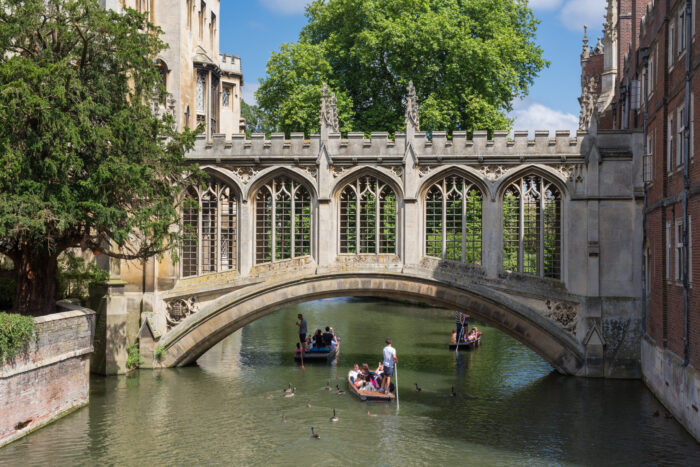
2016 England & Scotland by Road & Rail – Day 16 (Cambridge)
After over two weeks exploring England and Scotland by rail and road, today was devoted entirely to Cambridge and its famous university sights. We arrived mid-morning when the city was already abuzz with students bicycling to lectures or tourists ambling down the backs of the ancient colleges gazing at spires and turrets poking up over the trees.
Our walking tour began at the towering Victorian Gothic gateway of Trinity College. Passing through the entrance flanked by statues of famous alumni like Sir Isaac Newton and Alfred Lord Tennyson, it became clear Cambridge takes pride in its scholarly lineage. Our guide started us down the intricately carved wooden door of the college’s hall lined with portraits of royal founders and esteemed masters gazing down through the centuries. Underscoring Trinity’s prestige, we had walked in the footsteps of more Nobel-winning alumni than any other Oxbridge college.
Emerging from the hall, we entered the interior grassy courts with Trinity’s private postcard-perfect chapel soaring heavenward. This architectural showpiece took nearly a century to build from the plans of King Henry VIII in 1546 to when Sir Christopher Wren finished adorning the capella in the early 1700s. Gazing up at the stone tracery and long lancet windows, I was amazed how this relatively small space left visitors craning their necks with such lofty vertical grandeur.
Leaving the perfectly manicured lawn of Trinity College, we headed towards the backs of the colleges lining the River Cam. As we strolled along the waterway, the iconic King’s College Chapel came into full view. Its wedding cake layers of pinnacles and pointed windows reach upwards from the masters’ lush garden plots below. No matter how long the queue of visitors and students wrapped around its exterior waiting turn after turn to glimpse inside.
Finally passing through the antechapel into the cathedral-like interior, we were all immediately struck speechless by its vaulted expanse. Stone pillars on either side seem to stretch to infinity towards delicate ribs lining the ceiling high overhead. Entirely built from the 1500s to 1536s under King Henry VI, its elaborately carved choir stalls have hosted choristers lifting their voices to the heavens for daily Evensong ever since. Even as an avowed agnostic, I gained immense respect for the generations who designed, built and preserved this sanctuary celebrating both human ingenuity and divine glory.
Leaving the rare beauty of King’s College Chapel, we continued along the backs passing punters steering Cambridge’s iconic flat-bottom boats down the Cam. Students and tourists alike relaxed with Pimm’s-laden picnics along the riverbank willows backed by ivy-clad towers and turrets unfurling like honeycomb. It became easy to see why Cambridge charms visitors and cultivated such ethereal architecture and a rich scholarly life for century upon century.
We left the banks of the Cam to approach Cambridge’s other famous college and round church sharing its name – Corpus Christi. Established in 1352, its Old Court exemplifies some of Cambridge’s earliest brick college buildings enclosing a peaceful green lawn. Our next viewpoint afforded the iconic perspective across the expanse of manicured grass through an archway to the college chapel itself.
Seeing the round church interior itself didn’t disappoint. The clean columns drawing visitors’ eyes up to Central Lantern ceiling left me pleasantly surprised by its graceful simplicity and symmetry. Belying the college’s small stature, influential alumni of Corpus Christi College include Christopher Marlowe, Francois Isaac de Rivaz the steam engine pioneer and pioneering women scholars like Cornelia Sorabji championing legal aide and education reform in 20th century India.
Crossing medieval Magdalene Bridge, we approached the college boasting Cambridge’s only surviving turreted gatehouse along the Cam’s banks. Legend says its spires were intentionally made different heights to show academics shouldn’t have heads in the clouds so much they lose sight of earthly duties. Inside the First Court, statues of noble patrons and founding members stared down as we imagined generations of scholars passing through these arched wooden doorways.
The day passed all too quickly getting brief glimpses into the historic Cambridge colleges that cultivated scientific innovation alongside classical poetry and philosophy for over 800 years since 1209. Heading to our celebratory final dinner together, we finally swapped stories from everyone’s favorite colleges and sights from both our England and Scotland adventures. Over looking back on nearly 20 days of castles, churches, villages and landscapes – we all left with fuller appreciation for the centuries that built Great Britain’s rich culture and identity we were privileged to experience. I hope you like reading this 2016 England & Scotland by Road & Rail – Day 16 (Cambridge) post.


